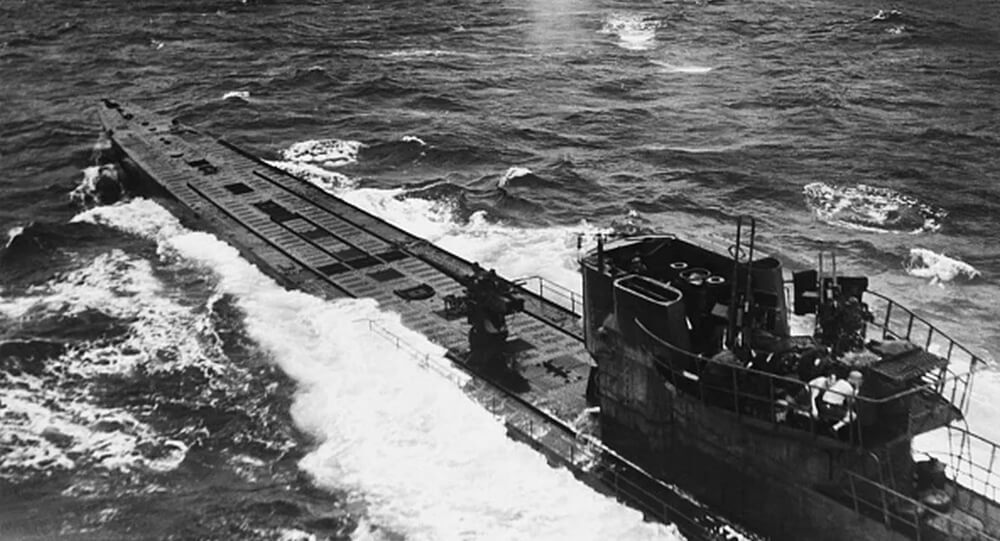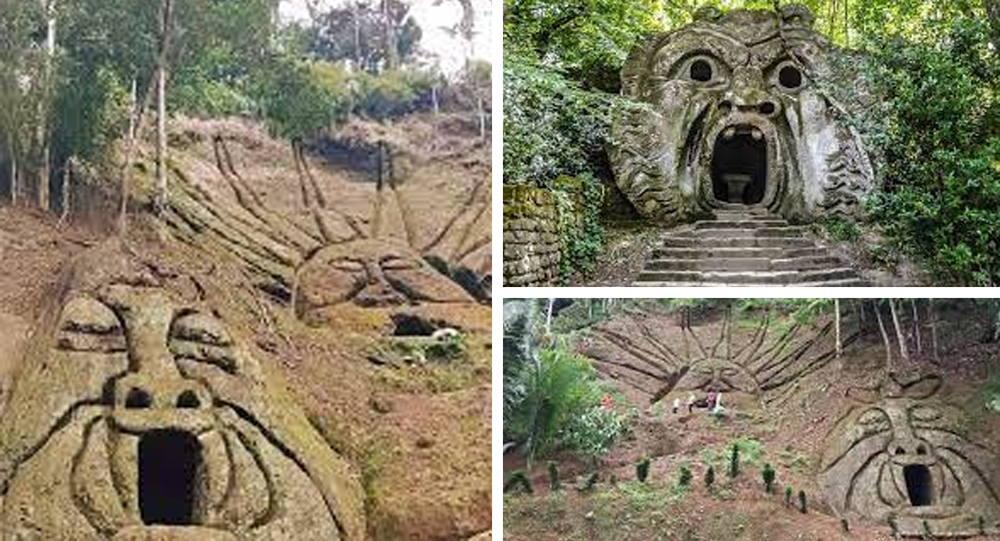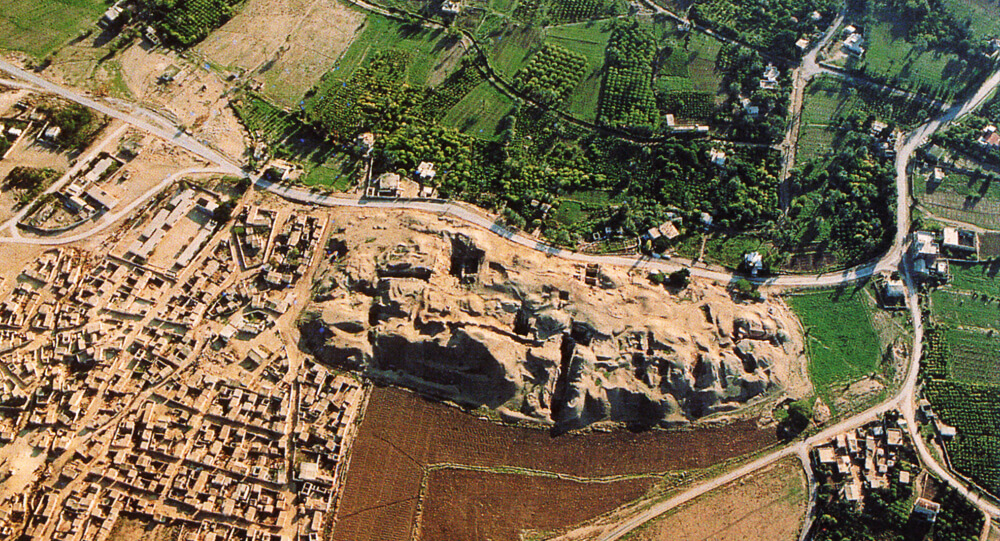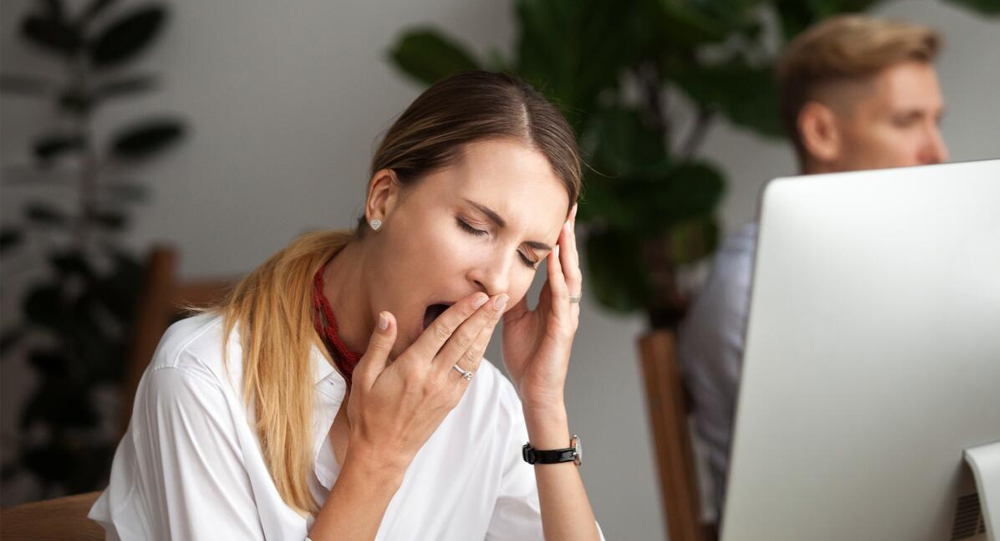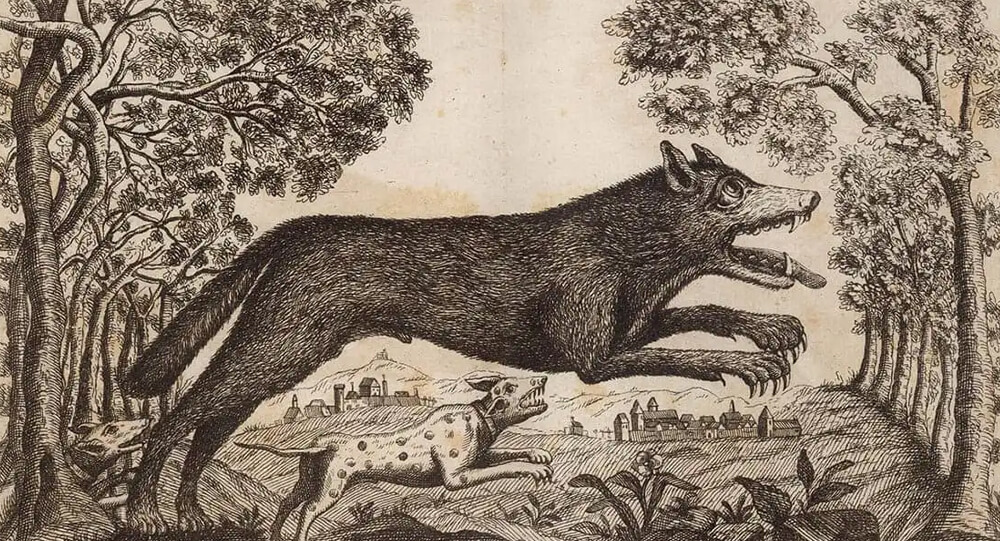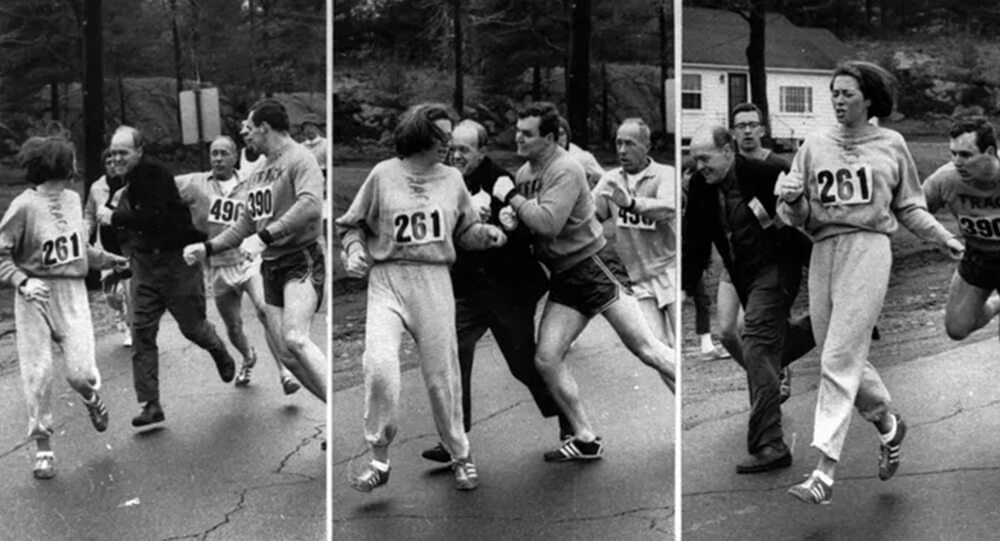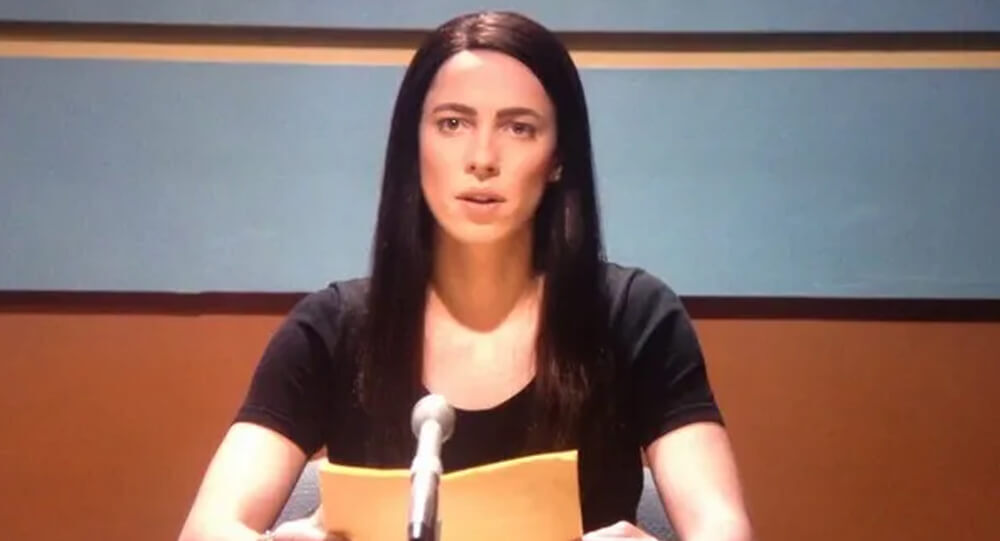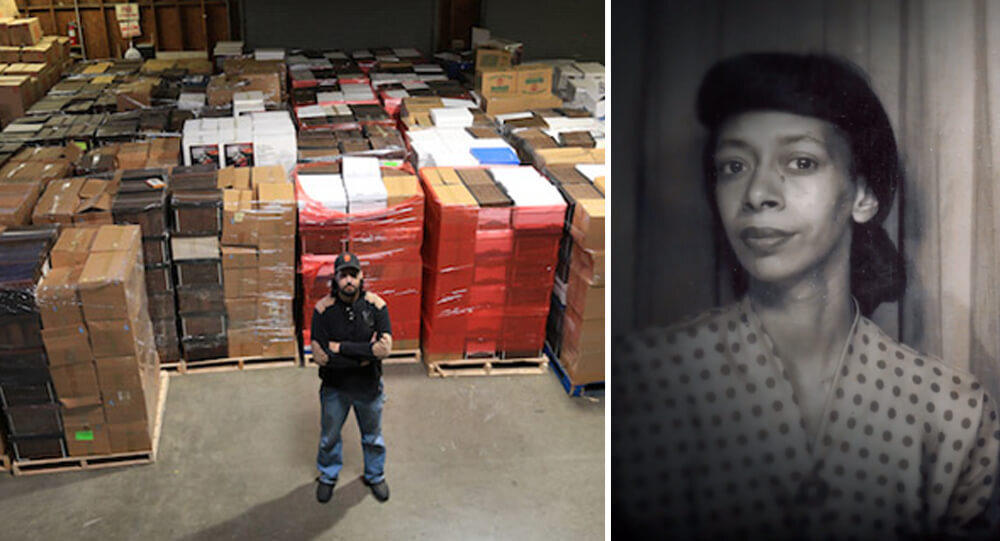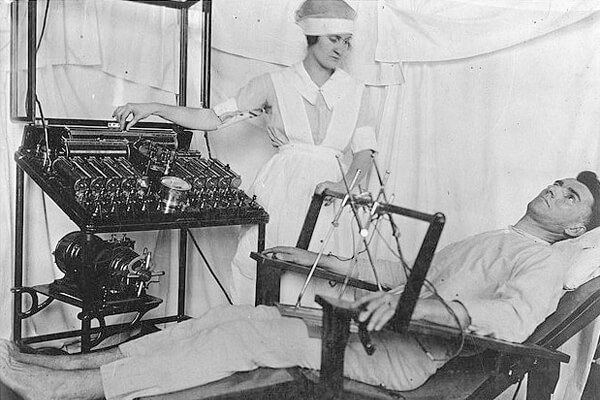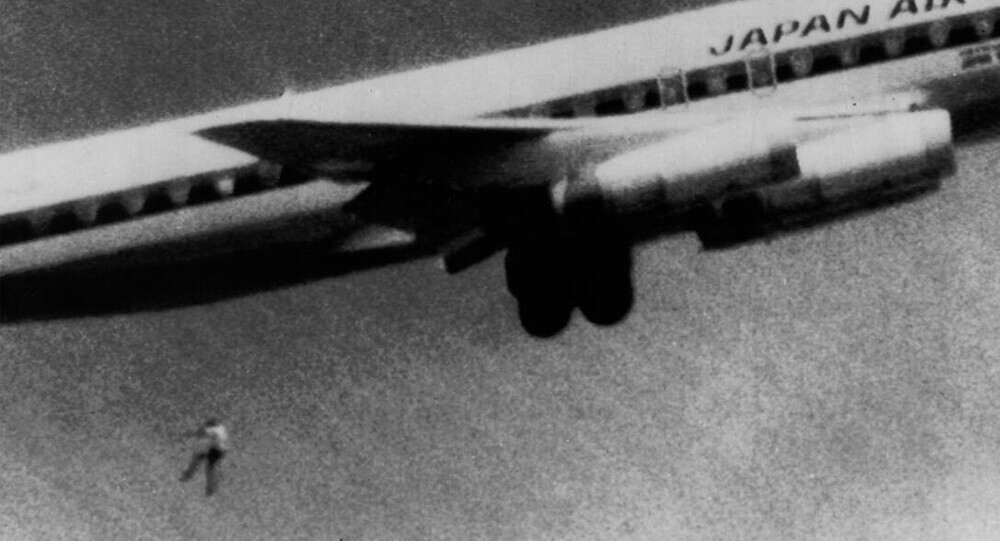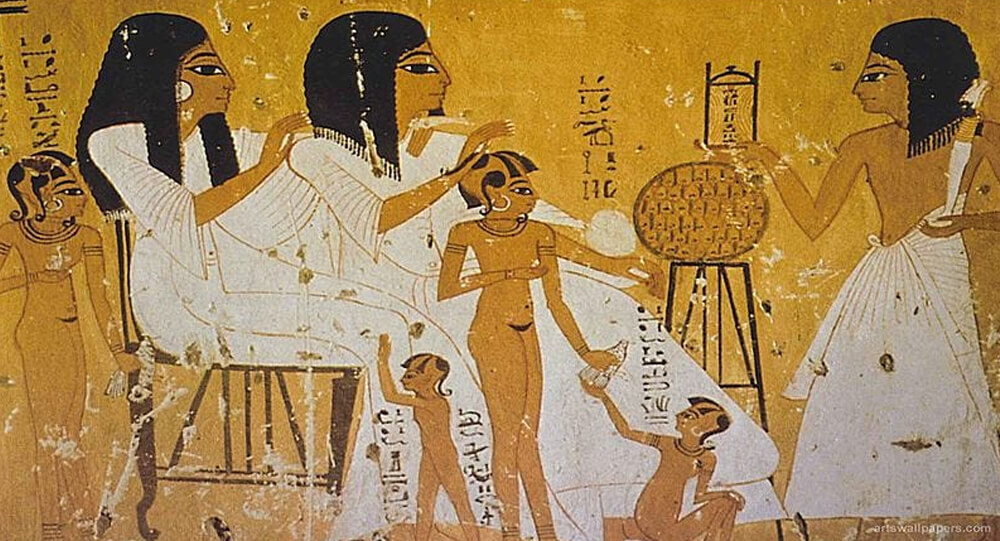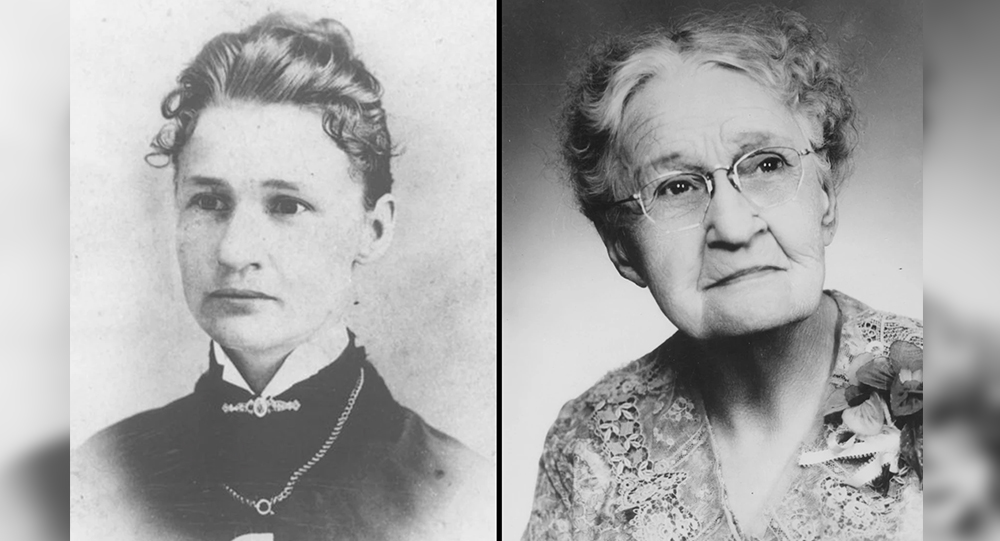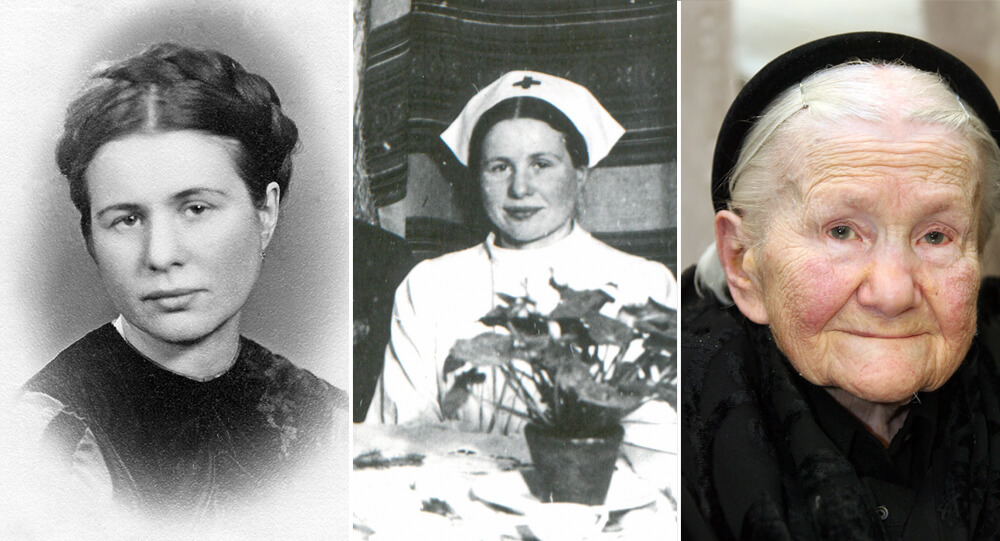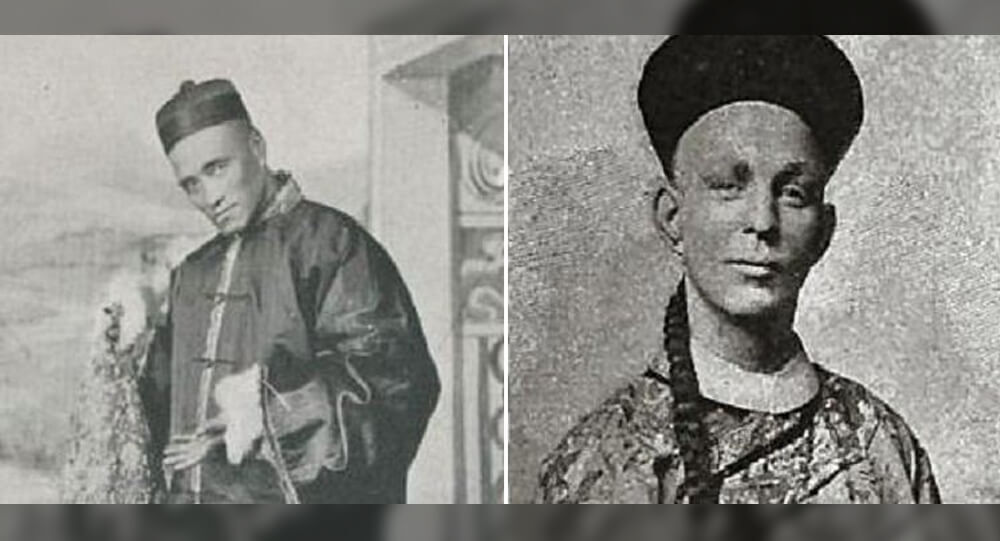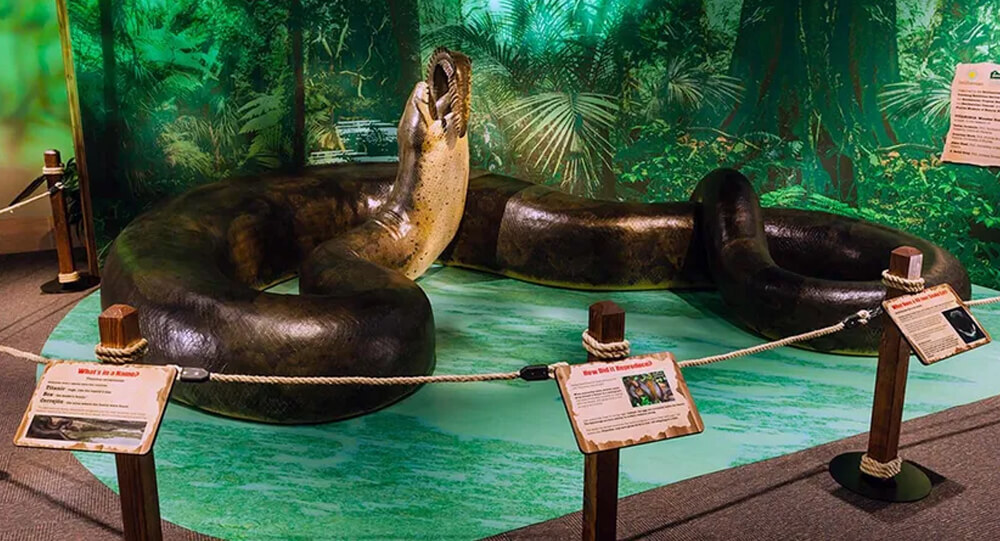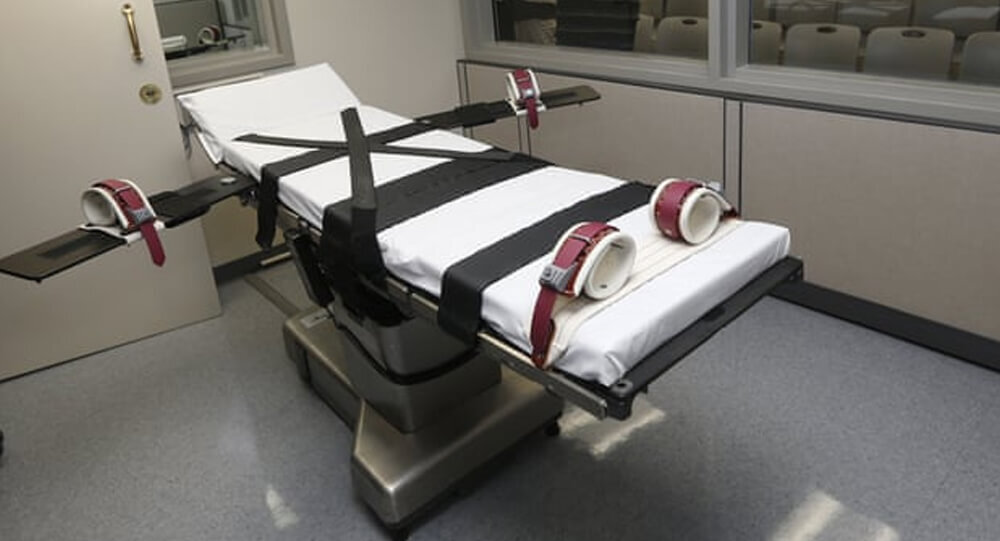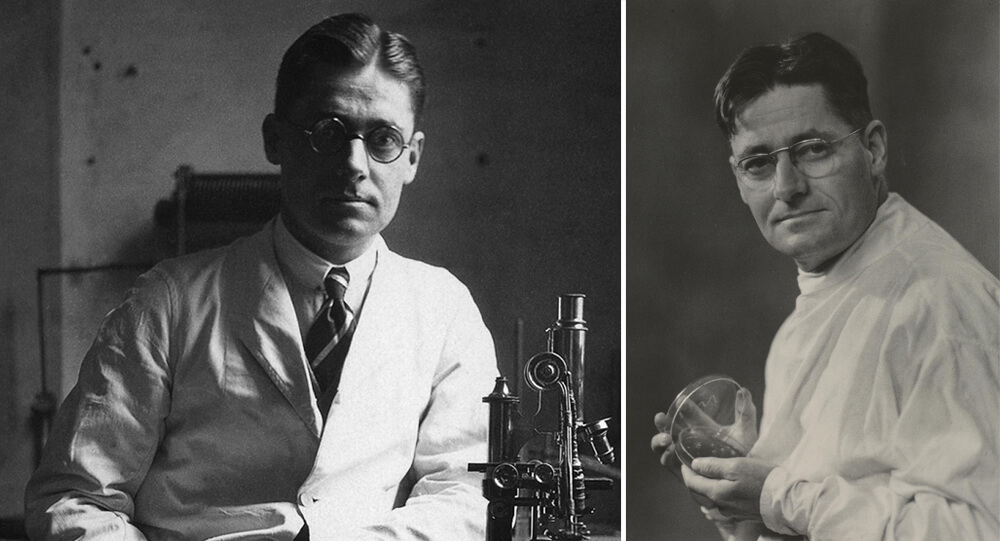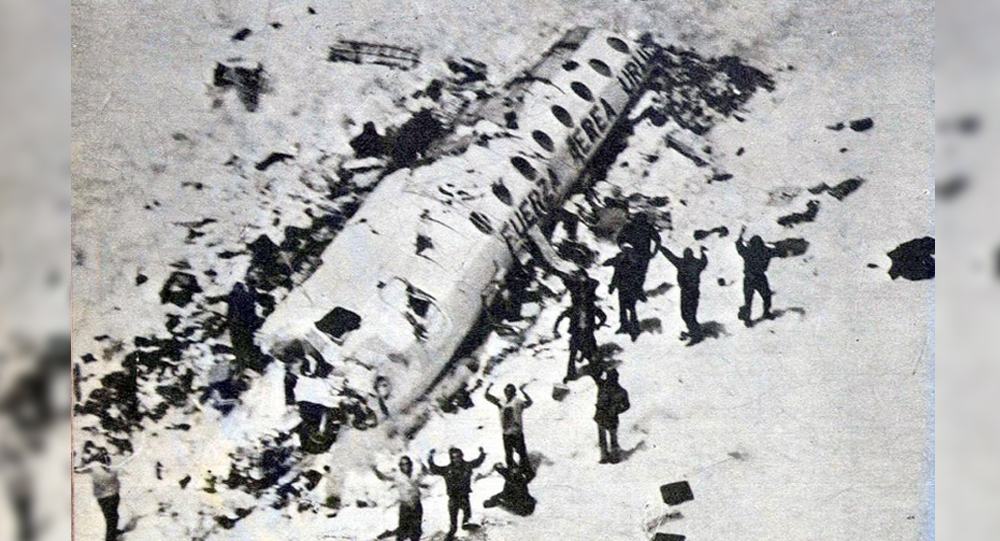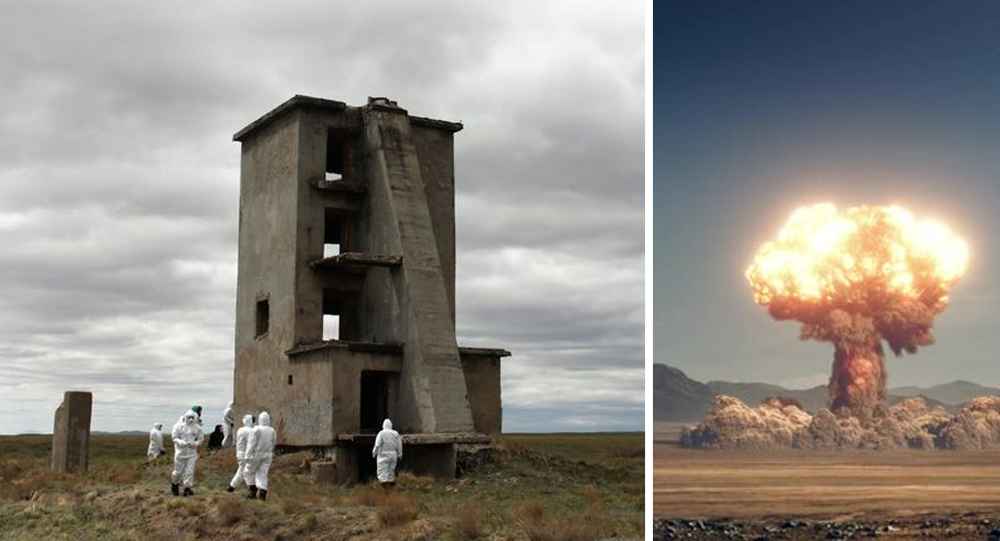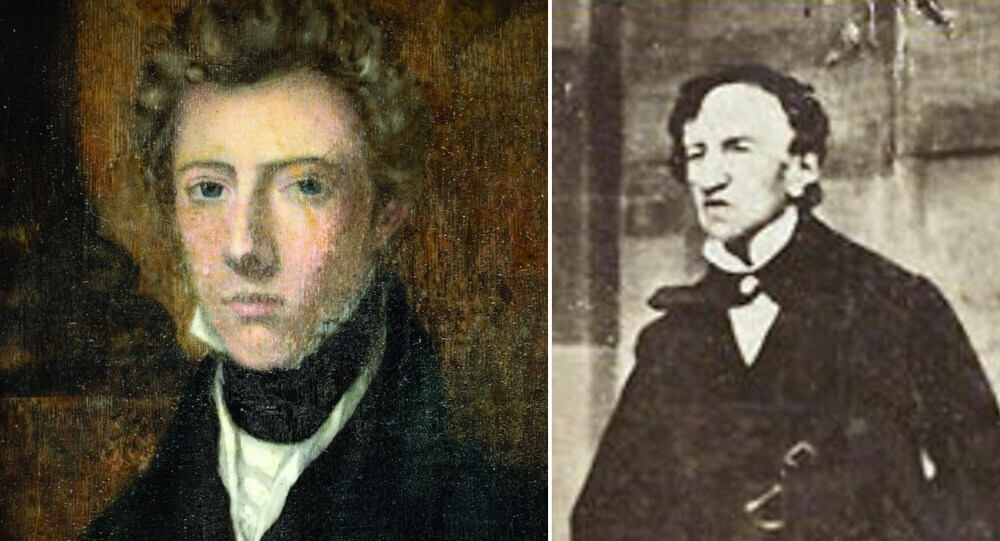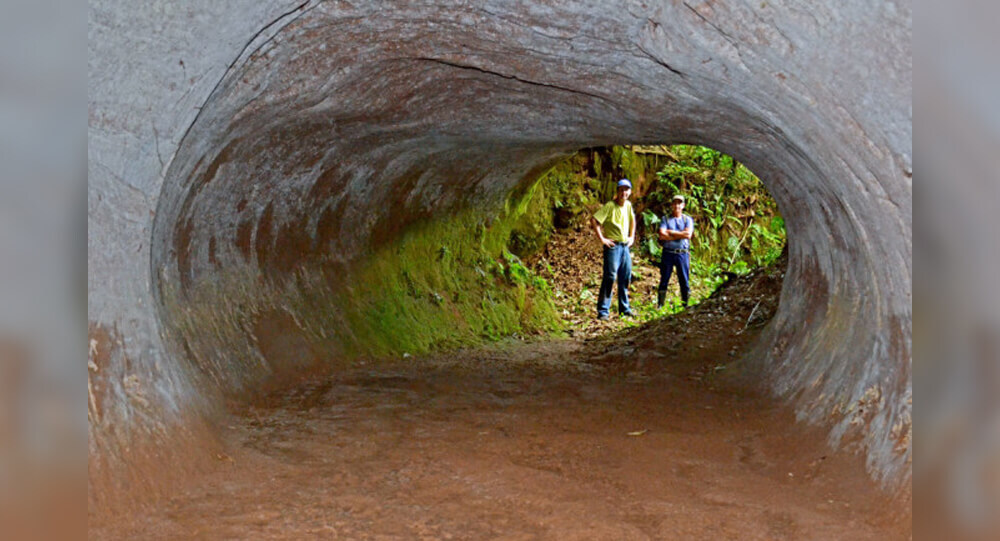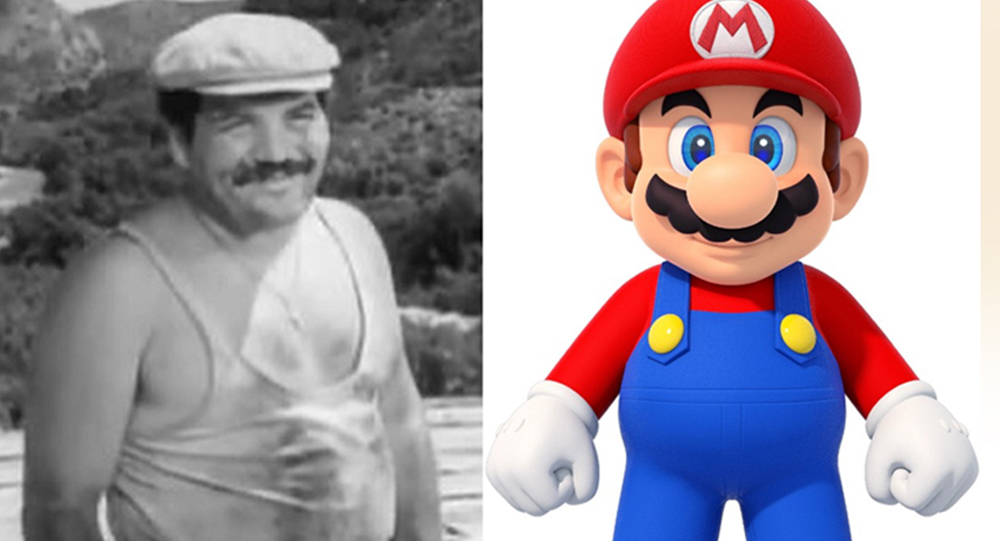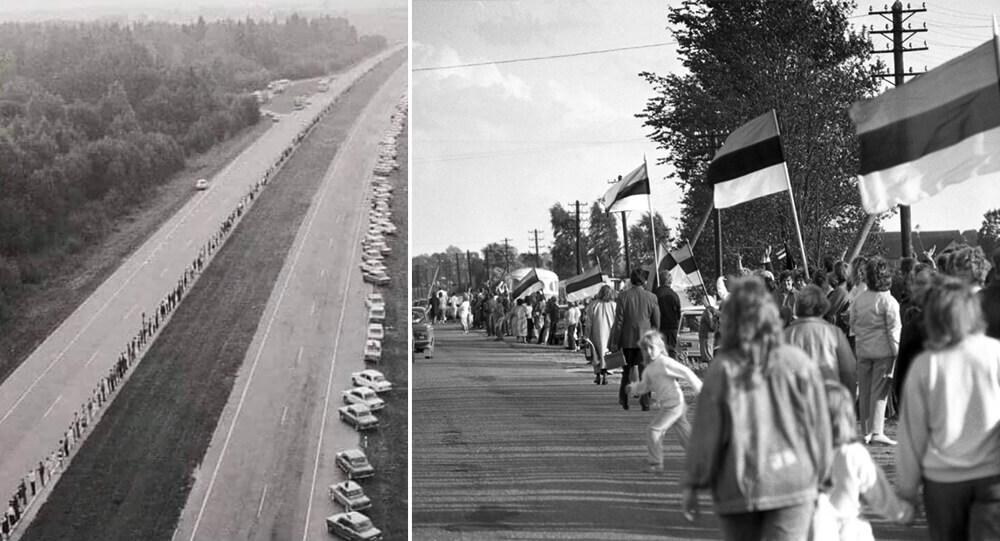

The Baltic Way: the longest unbroken human chain in history
On August 23, 1989, at 7:00 p.m., approximately two million people from Estonia, Latvia, and Lithuania joined hands to form a human chain that stretched 675 kilometers (or 420 miles) from Tallinn through Riga to Vilnius. It was both one of the first and longest continuous human chains in history and a peaceful protest against the illegal Soviet occupation.
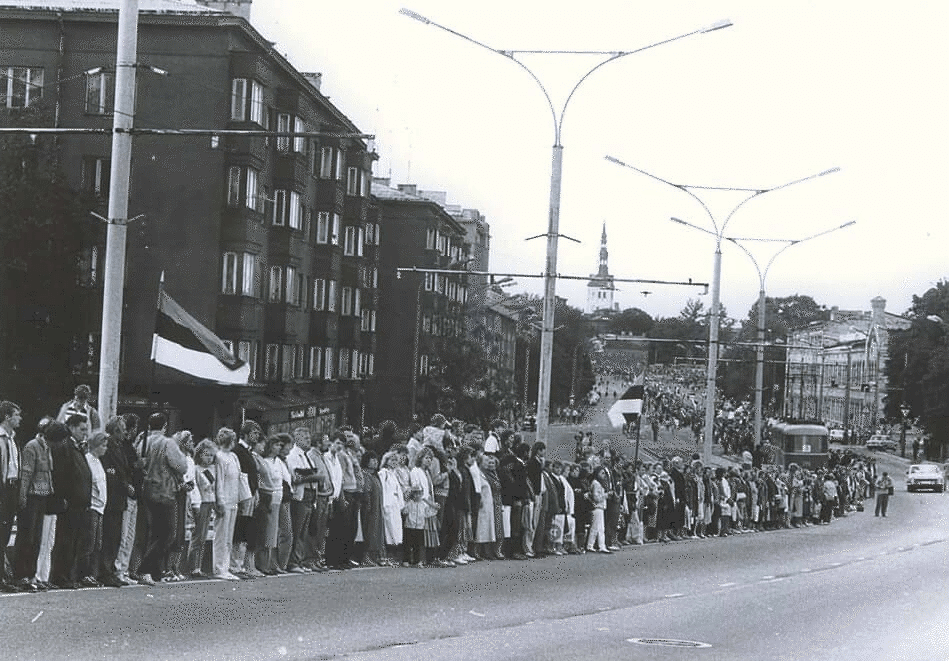
The Molotov-Ribbentrop Pact, which was signed 50 years earlier on August 23, 1939, between the foreign ministers of the Soviet Union and Germany, Vyacheslav Molotov and Joachim von Ribbentrop, is the subject of the Baltic Way, also known as the Baltic Chain.
In violation of international law, the two totalitarian powers divided Poland, Romania, Finland, Estonia, Latvia, and Lithuania into separate spheres of influence in the covert protocols that came along with the treaty of non-aggression. This caused Nazi Germany to attack Poland on September 1, 1939, sparking the Second World War. On June 16, 1940, the Soviet Union invaded Estonia and Latvia.
Delighted with joy
On August 23, 1989, Anne-Marie Riitsaar experienced a range of emotions, including excitement, fear, and confusion. Being the daughter of an Estonian father and a Russian mother, Anne-Marie experienced bullying in school and was warned that all Russians would be expelled if Estonia ever gained independence. something that, at the time, she didn’t understand.
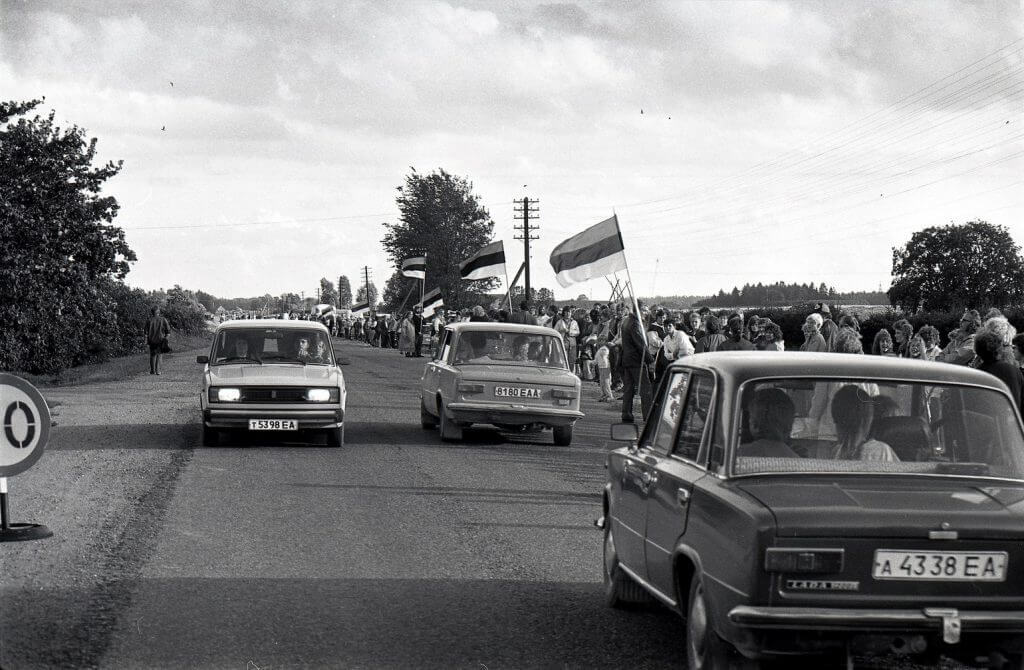
She was therefore puzzled as to why her parents chose to participate in the Baltic Way. Was her mother requesting to go to Russia? The mother responded to her inquiry while driving an old Lada on the way to join the human chain.
She stated that everyone has control over their own destiny in an independent state. If you put in the necessary effort in your studies and work, you will be able to pick the university and employer for the job you want. You’ll be able to explore the globe, pick up new languages, and discover various cultures. Your ability to speak two languages will no longer be a barrier but rather a tool for making friends.
But at the age of eight, Anne-focus Marie was diverted by something else. “My mother cleverly added, “In an independent state, you can go to a store and buy as many bananas as your soul desires! ” when she saw my confused look out the back window. ’”
“By the time we reached the highway, it was crowded with couples. The demonstrators began throwing candy at us through the car windows when we slowed down, Anne-Marie recalled. “Regardless of one’s nationality, everyone was filled with joy, smiling, singing, and giving each other hugs. This joyous outburst was infectious! ”
Inspiring empathy and tolerance today
The Vabamu Museum in Tallinn organized an exhibition in 2019 that featured Anne-recollection Marie’s of the Baltic Way and used the memories of common people who participated in the 675-kilometer-long human chain that stretched from Tallinn to Vilnius.

The popular front parties from Estonia, Latvia, and Lithuania organized The Baltic Way over the course of six weeks; it was the first non-communist political movement since the Soviet Union annexed the three states. To ensure that the chain would not be broken, the organizers mapped out the chain and assigned specific locations to specific cities, towns, and villages.
In 1989, walkie-talkies were used by the organizers because there were no mobile phones in the Baltic states. Special radio broadcasts were used to time the demonstration precisely, and participants carried portable radios with them to stay informed and hear speeches from politicians and activists from the popular front.
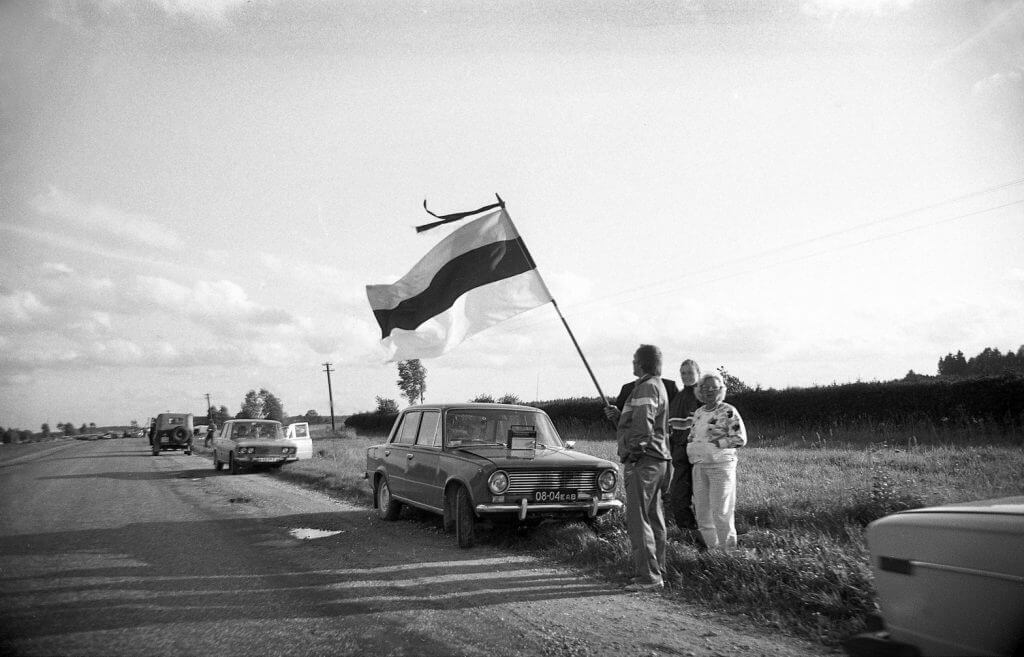
Nobody was certain of its success. However, at 7 o’clock in the evening, two million people formed a human chain that stretched for 15 minutes from Toompea in Tallinn to the foot of the Gediminas Tower in Vilnius, passing through Riga and the River Daugava.
Anne-Marie explained her decision to donate her memory to the museum in an email interview with Estonian World, stating that she felt “very fortunate” to have lived through such “challenging and interesting times.”
“I was raised in the Republic of Estonia, but I was born in the Soviet Union, so I now enjoy the benefits of being a citizen of the European Union,” she said. “All of this is due to the tenacity of my compatriots who never gave up on the idea of establishing an independent country. I’m honored to have been able to take part in the Baltic Way and add to my nation’s remarkable history.
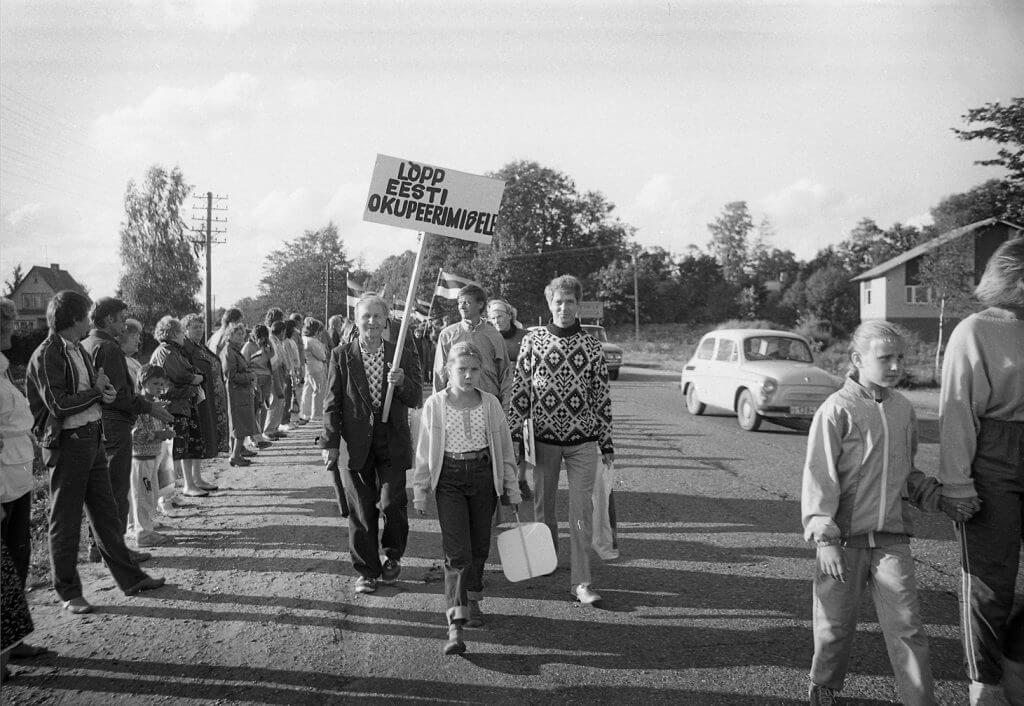
But Anne-Marie continued, “Another reason is that Estonia needs more empathy and tolerance.” “The Baltic Way was an expression of love for one’s home country and a demonstration of peoples’ extraordinary spirit, though our main message at the time was one of our freedom. Where there is a will, there is a way, and I believe that as a country we will be able to show our will once more and clear the path to happiness.
The Soviets were forced to acknowledge the secret protocols
Things have progressed significantly, according to a communist party statement released on August 26th, 1989 in Moscow. The fate of the Baltic peoples is under serious threat. People need to be aware of the pit their nationalistic leaders are leading them into. If they succeed in achieving their objectives, it could have disastrous effects on these countries. Their very existence could be questioned.
The public and pro-independence activists in the Baltic states were worried that Moscow would use force to stifle the national movements, as it had done in Hungary in 1956 and Czechoslovakia in 1968.
ABC News (US) made the Baltic Way their top news story on 23 August 1989.
The Baltic activists sent a joint declaration to the UN Secretary-General on August 31 which they claimed to be the target of aggression and requested the dispatch of an international commission to keep an eye on the situation. George H. W. Bush, the president of the United States, and Helmut Kohl, the chancellor of West Germany, urged the Soviet Union to exercise restraint and pursue peaceful reforms.
After four years of the so-called perestroika, the Soviet authorities eventually softened their rhetoric and abandoned all of their threats in the face of an international scandal. The secret protocols to the pact were also finally acknowledged by the Soviet Union, and on December 24, 1989, the Congress of People’s Deputies of the Soviet Union declared them to be illegal and void.
Peaceful protest can create change
Keiu Telve added one more effect of the Baltic Way to his list. People also claim that it contributed to the Berlin Wall’s initial breaks, as well as earlier events in Poland and the Czech Republic, but on a global scale, this event was significant. We cannot close our eyes to the east because they are there and ready to regain their independence. It demonstrated that the system in the Eastern Bloc, the collection of communist states in Central and Eastern Europe that were ruled by the Soviet Union during the Cold War, could collapse.
Since the Baltic Way, it has become a prime example of how nonviolent protest can effect change. The human chain served as a visual representation of Estonian, Latvian, and Lithuanian unity and promoted the Baltic cause throughout the world. The nonviolent Singing Revolution gained a favorable reputation in Western media.
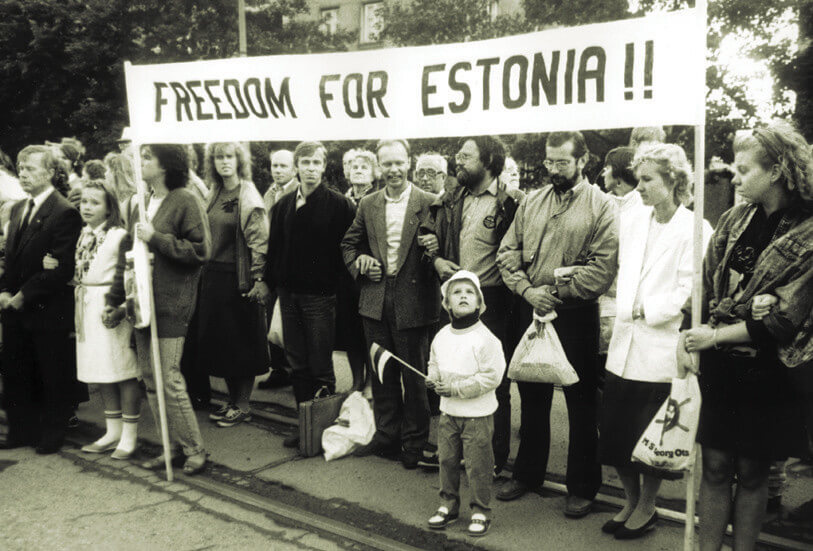
The national movements took advantage of the increased visibility to frame the debate over Baltic independence as a moral rather than merely a political issue: regaining independence would mean restoring historical justice and putting an end to Stalinism. The 1988-founded pro-independence movements grew bolder and more radical; they moved from calling for more freedom from Moscow to demanding complete independence, which was finally attained on August 20, 1991.
Telve emphasized the significance of keeping the 1989 events in mind. “At Vabamu, we emphasize the fragility of freedom and the need for daily maintenance. We can move both forward and backward because of this.

The Amazing Truth About The German U-Boat That Was Sunk By A Toilet
During WWII, a German captain and an engineer flushed the submarine's high-tech toilet incorrectly, causing the vessel to rapidly fill with water. British planes patrolling the sea attacked them as the submarine was brought to the surface. While many members of the crew were killed in the attack, the captain escaped!

Archaeologists Uncover 2,000-Year-Old Amazonian Cities Using Lidar Technology
Deep in the Ecuadorian Amazon, archaeologists have uncovered an ancient network of urban settlements once inhabited by the Upano people about 2,000 years ago. Using cutting-edge lidar technology, these discoveries reveal a highly organized society featuring sophisticated agricultural systems, drainage canals, and extensive road networks. This transformative find challenges long-held assumptions about ancient Amazonian societies and sheds light on a complex civilization thriving in one of the world’s most biodiverse regions.

10 world’s most destructive and dangerous volcanic eruptions in history
Volcanic eruptions can devastate cities, change the world's atmosphere, and devastate economic systems. They can create molten lava rivers, mudslides, suffocating ash, and poisonous gases that cause chaos around the world for years. A volcanic explosion's effects can be massive, from its size to its death toll to its economic cost. Here is ten world’s most destructive and dangerous volcanic eruptions in history.

Ancient Jericho: The First Walled City In History
The ancient city of Jericho is the world's oldest walled city, with evidence of stone fortifications dating back nearly 9000 years.

How Sleep Deprivation Was Once Used as Torture
Sleep deprivation, long before modern interrogation techniques, was considered a “clean” and effective form of torture—leaving no physical scars, yet breaking minds with haunting silence. Victims endured days and nights without rest, leading to vivid hallucinations, disorientation, and psychological torment. This article traces the dark history of sleep deprivation as a weapon, examines the science behind its effects on the brain, and shines a light on the painful balance between human endurance and cruelty in the annals of coercion.

Will & William Wests: The puzzling situation of two inmates who are identical but not related
These are the mugshots of Will West and William West, and they are not related. They were both sent to Leavenworth Prison at the same time, in 1903, and after some confusion, the staff understood they had two different prisoners with the nearly same name, who looked exactly alike. They are part of the reason fingerprints are now used as identification.

What Was the Beast of Gévaudan?
Between 1764 and 1767, a mysterious animal called the Beast of Gévaudan terrorized the French village called Gévaudan. It attacked and killed about 100 adults and children. While most believe it was a wolf, some say it may have been a wolf-dog hybrid, hyena or even a lion, but without any genetic evidence, the beast will remain a mystery forever.

Story of Kathrine Switzer: the first woman to run in Boston Marathon
Before women were allowed to run in the Boston Marathon, Kathrine Switzer participated. A race official attempted to forcefully remove her from the race in 1967, but her boyfriend pushed him down. She was the first female finisher who had a numbered entry in the race.

Reason Behind The Suicide Of Christine Chubbuck Live On Air
Actor Rebecca Hall had serious reservations about tackling the macabre story around why Chubbuck killed herself in 1974. So what changed her mind?

Marion Stokes recorded 30 years of television
Marion Stokes, a Philadelphia woman began taping whatever was on television in 1979 and didn’t stop until her death in 2012. The 71,000 VHS and Betamax tapes she made are the most complete collection preserving this era of TV. They are being digitized by the Internet Archive.

Top 10 most cruel medical procedures that are being used today
We are all aware that medicine has advanced dramatically over the last fifty years. There are several modern medical approaches available today, but this was not always the case. However, the past of medicine is a dark one. Medical leeches, lobotomy, vascular surgery, cranial stenosis, and even electroshock therapy are all options. These are only a couple of the cruel healing techniques that are still in use today.

Keith Sapsford: The Story of 14-Year-Old Stowaway
The final image of 14-year-old Australian Keith Sapsford, who aspired to travel the world. In February 1970, he sneaked into the wheel-well of a plane flying from Sydney to Tokyo. It opened mid-air & fell out. When a photographer was testing a new lens, he captured this moment on film and was surprised when it developed.

Ancient Egyptians Had Pregnancy Tests Over 3500 Years Ago
The ancient Egyptians used a pregnancy test that involved potentially pregnant women peeing on barley and wheat seeds. Plant growth indicated pregnancy: barley for a boy and wheat for a girl. Later tests revealed that pregnant women's urine causes plant growth 70% of the time, whereas non-pregnant women's urine does not.

Susanna Salter: The Trailblazing Story of America’s First Female Mayor
In 1887, Susanna Salter became the first female mayor in the United States, elected in Argonia, Kansas. Her nomination was initially a prank by men opposing women in politics. However, she won by a landslide and served effectively, inspiring the women’s suffrage movement and breaking barriers for women in leadership.

Irena Sendler: woman who rescued Jews during holocaust
Irene Sendler was the Zegota resistance group's head of the children's department. She risked her life to smuggle children out of the Warsaw ghetto, place them with Polish families or orphanages, give each child a new identity, and keep records so that they could be returned to their families. In 1943, the Gestapo arrested and sentenced her to death, but she was rescued by Zegota.

The Bizarre (And Magical) Duel Between Chung Ling Soo And Ching Ling Foo
Ching Ling Foo and Chung Ling Soo were two magicians from the early 20th century who were bitter rivals. While Ching Ling Foo was genuinely Chinese, Chung Ling Soo was actually a New Yorker named William Robinson.

Titanoboa cerrejonensis, fossils of the world’s largest species of snake
In 2009 in a coal mine of Columbia, scientists discovered fossils of the world’s largest species of snake. The species is called “Titanoboa cerrejonensis,“and it is from around 60 million years ago. It would have had measured about 48 feet long and weighed about 2,500 pounds

Iranian inmate dies from happiness after finding out he will not be executed
An Iranian man who was convicted of murder reportedly died from happiness after learning that his death sentence was being commuted.

How did Howard Florey discover penicillin
Penicillin was discovered by Alexander Fleming, but he never attempted to turn it into an antibiotic. It wasn't until ten years later that Howard Florey discovered Fleming's obscure paper and understood the mold's potential. Up to 200 million lives may have been saved as a result of Florey's work.

1972 Andes Plane Crash Survivor recall the terrifying Struggles to Stay Alive
On October 13, 1972, a plane carrying a rugby team from Uruguay crashed in the Andes between Chile and Argentina. The survivors were in brutal conditions - high altitude, bitter cold, and the lack of food—and faced the most terrible choice—eating the frozen flesh of their dead friends or starving to death themselves.

The Forgotten Story of Semipalatinsk and the Soviet Nuclear Experiments
Between 1949 and 1989, the Semipalatinsk Test Site in Kazakhstan became the primary location for Soviet nuclear weapons tests, exposing millions of unsuspecting villagers to radioactive fallout. Known as the “Polygon of Suffering,” this remote desert witnessed 456 nuclear detonations that caused widespread health crises, birth defects, and generational genetic damage. This article narrates the chilling legacy of Semipalatinsk, unveiling the human cost of Cold War arms development and the ongoing struggle for healing and recognition in Kazakhstan.

The mysterious secret of Dr James Barry
Before women were allowed to enroll in medical school, Margaret Ann Bulkley studied medicine and assumed the identity of Dr. James Barry for 56 years while dressing as a man. After 46 years of service as an army doctor officer, her secret was not made public until after her death in 1865.

Tunnels Dug by ancient giant sloths, A South American Megafauna
For years, scientists didn’t know what caused mysterious cave networks in South America. In 2010, they learned that the caves were actually tunnels dug by ancient giant sloths

Mario Segale, Developer Who Inspired Nintendo to Name Super Mario
Super Mario is named after real-life businessman Mario Segale, who was renting out a warehouse to Nintendo. After Nintendo fell far behind on rent, Segale did not evict them but gave them a second chance to come up with the money. Nintendo succeeded and named their main character after him.

The incredible story of Julia "Butterfly" Hill and her legacy
American environmental activist Julia “Butterfly” Hill lived in a 1500-year-old California Redwood tree for 738 days to prevent it from being cut down by the Pacific Lumber Company. The Simpson’s episode “Lisa the Tree Hugger” was inspired by Hill’s story.

